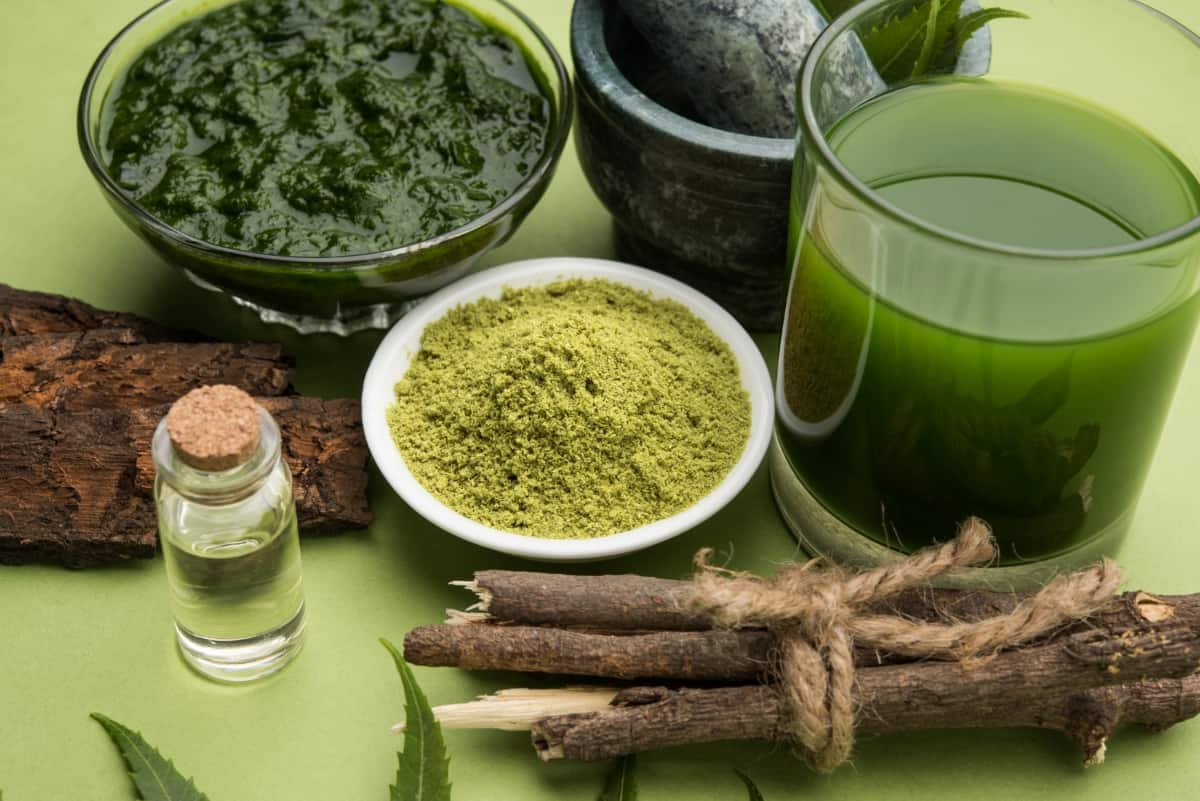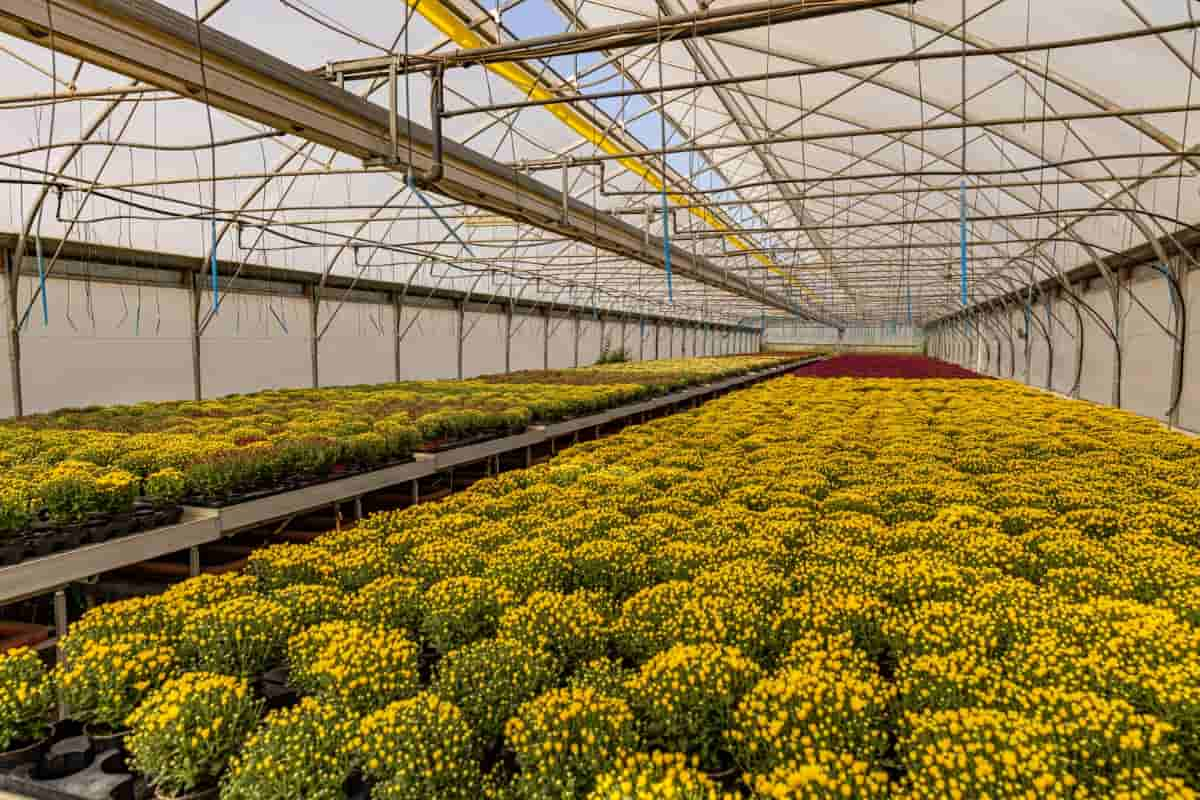Neem oil, a natural and versatile remedy, has gained popularity for its effectiveness in managing various pests and diseases in chrysanthemum plants. This eco-friendly solution, derived from the neem tree, provides a safer alternative to synthetic pesticides, ensuring the health of your plants while minimizing environmental impact.

How to Use Neem Oil on Chrysanthemum Plants
Neem Oil and its Benefits for Chrysanthemum Plants
Neem oil, derived from the neem tree, provides a natural and environmentally safe solution for controlling pests on chrysanthemum plants. It poses no harm to birds, bees, or other wildlife while effectively managing pests. It works by disrupting the life cycle of pests and preventing their reproduction. Unlike synthetic pesticides, neem oil is biodegradable and does not lead to resistance to pests. It’s a great choice for gardeners seeking an eco-friendly solution to protect their chrysanthemums from common pests like aphids, mites, and whiteflies.
How to Prepare Neem Oil for Use on Chrysanthemum Plants
Preparing neem oil for chrysanthemum plants involves creating an emulsion that can be easily sprayed. Mix neem oil with a mild, eco-friendly dish soap and warm water to do this. The dish soap emulsifies, helping the oil blend uniformly in the water. It’s important to use warm water as it helps dissolve the neem oil more effectively. For the exact proportions, refer to the instructions on your neem oil product, as concentrations can vary.
How to Apply Neem Oil on Chrysanthemum Plants
To apply neem oil on chrysanthemum plants, first test it on a small area to ensure it doesn’t harm the plant. You can apply it more broadly if no damage is observed after 24 hours. Apply an even coat of the solution to both sides of the leaves and the stems using a spray bottle. It’s recommended to do this either in the early morning or late evening to prevent leaf burn from direct sunlight. Repeat the application every week or as needed, particularly after rainfall, as this can wash the oil off the plants.
Mixing and Dilution for the Right Concentration of Neem Oil for Chrysanthemum Plants
It is crucial to get the right concentration of neem oil to be effective yet safe for the plant. Typically, a ratio of around 5ml (approximately one teaspoon) of neem oil per liter of water is effective. However, you should always follow the specific instructions on your neem oil product. Too high a concentration can harm the plant, while too low may not effectively control pests. Additionally, ensuring thorough mixing is essential for even application.
In case you missed it: How to Use Neem Oil on Kalanchoe Plants: Natural Way to Control and Prevent Pests

Can Neem Oil Be Used on All Chrysanthemum Varieties?
Neem oil is generally safe for all varieties of chrysanthemums, but sensitivity can vary. Testing a small plant section and observing for adverse reactions after 24 hours is a recommended practice. Some plants might be more sensitive, so observing how your chrysanthemum variety reacts to neem oil application is important for avoiding potential damage.
How Long Does Neem Oil Stay Effective on Chrysanthemum Plants?
The effectiveness of neem oil on chrysanthemum plants can last for about a week under ideal conditions. However, this duration can be shorter if there is rainfall or very high humidity, as these conditions can wash away or dilute the oil. Regular applications, typically once a week, are recommended for continued protection, especially during the growing season when pests are most active.
Using Neem Oil in Combination with Other Pest Control Methods
Neem oil can be effectively combined with other natural pest control methods for a more integrated approach. Companion planting, using beneficial insects, and practicing good garden hygiene can complement the use of neem oil. However, it’s important to avoid combining neem oil with synthetic pesticides, as this can reduce its effectiveness and may harm beneficial insects and the environment. Combining these methods allows you to maintain a healthy chrysanthemum garden with minimal impact on the surrounding ecosystem.
In case you missed it: How to Use Neem Oil on Jade Plants: Natural Way to Get Rid of Pests from Jade Plant

Some Common Pests and Diseases that Neem Oil Can Control on Chrysanthemum Plants
Neem oil is highly effective against various pests and diseases that commonly affect chrysanthemum plants. It works well against aphids, which suck the sap from the plants, and spider mites, known for causing leaf damage and discoloration. Whiteflies, which can lead to sooty mold and weakened plants, are also susceptible to neem oil treatments. Concerning diseases, neem oil is effective in managing fungal infections such as powdery mildew and rust, both of which can significantly impact the health and aesthetics of chrysanthemum plants. Neem oil’s inherent properties render it a versatile remedy for these prevalent concerns.
How to Monitor the Effectiveness of Neem Oil on Chrysanthemum Plants
To monitor the effectiveness of neem oil on chrysanthemum plants, start by regularly inspecting the plants for signs of pest activity and disease. Look closely at the leaves for any pests, eggs, or damage, and check for any signs of fungal growth. After applying neem oil, observe the plants over the following days to see if there’s a reduction in pest numbers and an improvement in the plant’s overall health. Keeping a record of the frequency and results of applications can help you adjust the treatment plan as needed. It’s also important to note any adverse reactions the plants may have to the neem oil treatment.
Safety Precautions to Take when Using Neem Oil on Chrysanthemum Plants
When using neem oil on chrysanthemum plants, it’s important to take certain safety precautions. Although neem oil is natural and generally safe, it should be handled properly to avoid potential risks. Always wear gloves when mixing and applying neem oil to protect your skin. Avoid spraying in windy conditions to prevent drift and ensure that the spray does not come into contact with your eyes or face.
In case you missed it: How Neem Oil Makes Money Plant Leaves Big and Healthy: Instructions to Use Neem Oil on Money Plants

If spraying indoors, ensure good ventilation to avoid inhaling the spray. Keeping pets and children away from the treated area is also advisable until the spray has dried. Lastly, store neem oil and its mixture in a safe place, out of reach of children and pets.
Conclusion
Neem oil is a preferred option for gardeners aiming to naturally safeguard their chrysanthemums from pests and diseases. Its safe, environmentally friendly properties make it ideal for any gardener’s pest control arsenal, ensuring healthy and thriving plants.
- Feed Your Flock for Less: Top 10 Tips to Save on Chicken Feed
- Ultimate Guide to Ossabaw Island Hog: Breeding, Raising, Diet, and Care
- Hatching Answers: The Top 10 Reasons Your Chickens Aren’t Laying Eggs
- Eggs and Economics: Breaking Down the Cost of Raising Backyard Chickens
- Defend Your Greens: Proven Methods to Keep Iguanas Out of Your Garden
- Ultimate Guide to Cinnamon Queen Chicken: A Comprehensive Guide for Beginners
- Ultimate Guide to California Tan Chicken: Breeding, Raising, Diet, Egg-Production and Care
- Ultimate Guide to Marsh Daisy Chicken: Breeding, Raising, Diet, and Care
- 10 Types of Chicken Farming Businesses You Can Start for Profits